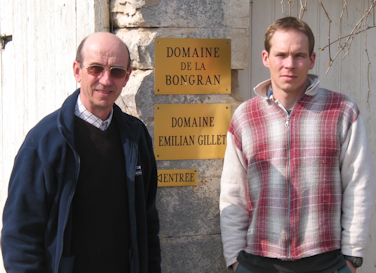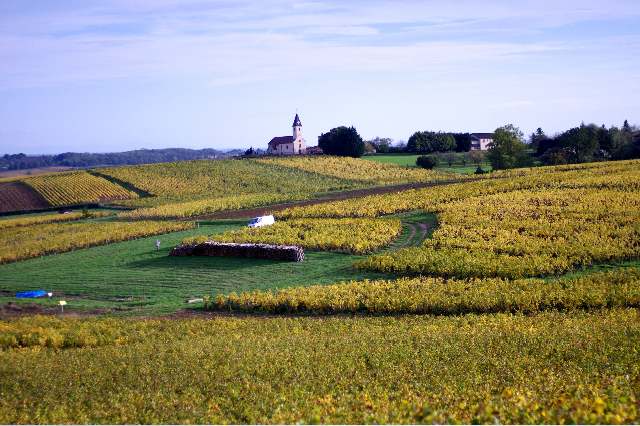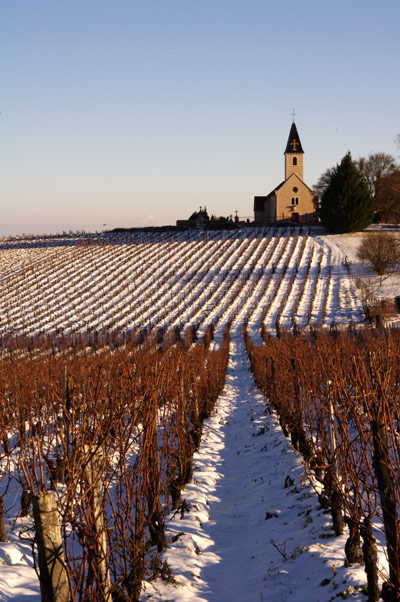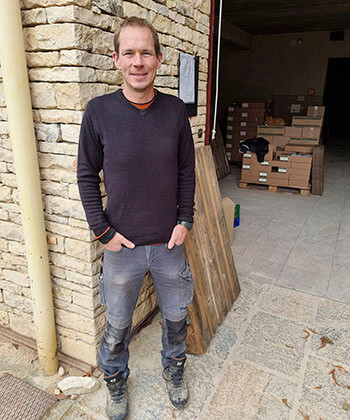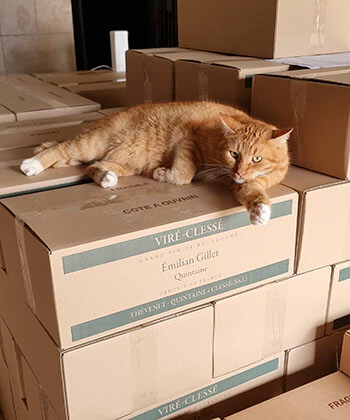
2020 VIRÉ-CLESSÉ Cuvée EJ Thévenet Domaine de la Bon Gran
Mâconnais Burgundy France
14.5%
White
Chardonnay.
Certified Organic
The 2020 Viré-Clessé Quintainé Cuvée E.J. Thevenet was matured in epoxy-lined vats to regulate the temperate and oxygen ingress. The alcoholic fermentation finished around the beginning of sum...(read more)
Neal Martin, www.vinous.com
2017 DOMAINE DE LA BON GRAN Cuvée Levroutée Mâcon Viré
Mâconnais Burgundy France
15%
White
Chardonnay.
Certified Organic
The 2017 Viré-Clessé Cuvée Levroutée comes from marn soils, a parcel that is humid enough to produce botrytis only in certain years. It has a slightly petrolly bouquet of dried honey, peach sk...(read more)
Neal Martin, www.vinous.com
2020 VIRÉ-CLESSÉ Cuvée EJ Thévenet Domaine de la Bon Gran
Mâconnais Burgundy France
14.5%
White
Chardonnay.
Certified Organic
Magnums
The 2020 Viré-Clessé Quintainé Cuvée E.J. Thevenet was matured in epoxy-lined vats to regulate the temperate and oxygen ingress. The alcoholic fermentation finished around the beginning of sum...(read more)
Neal Martin, www.vinous.com
